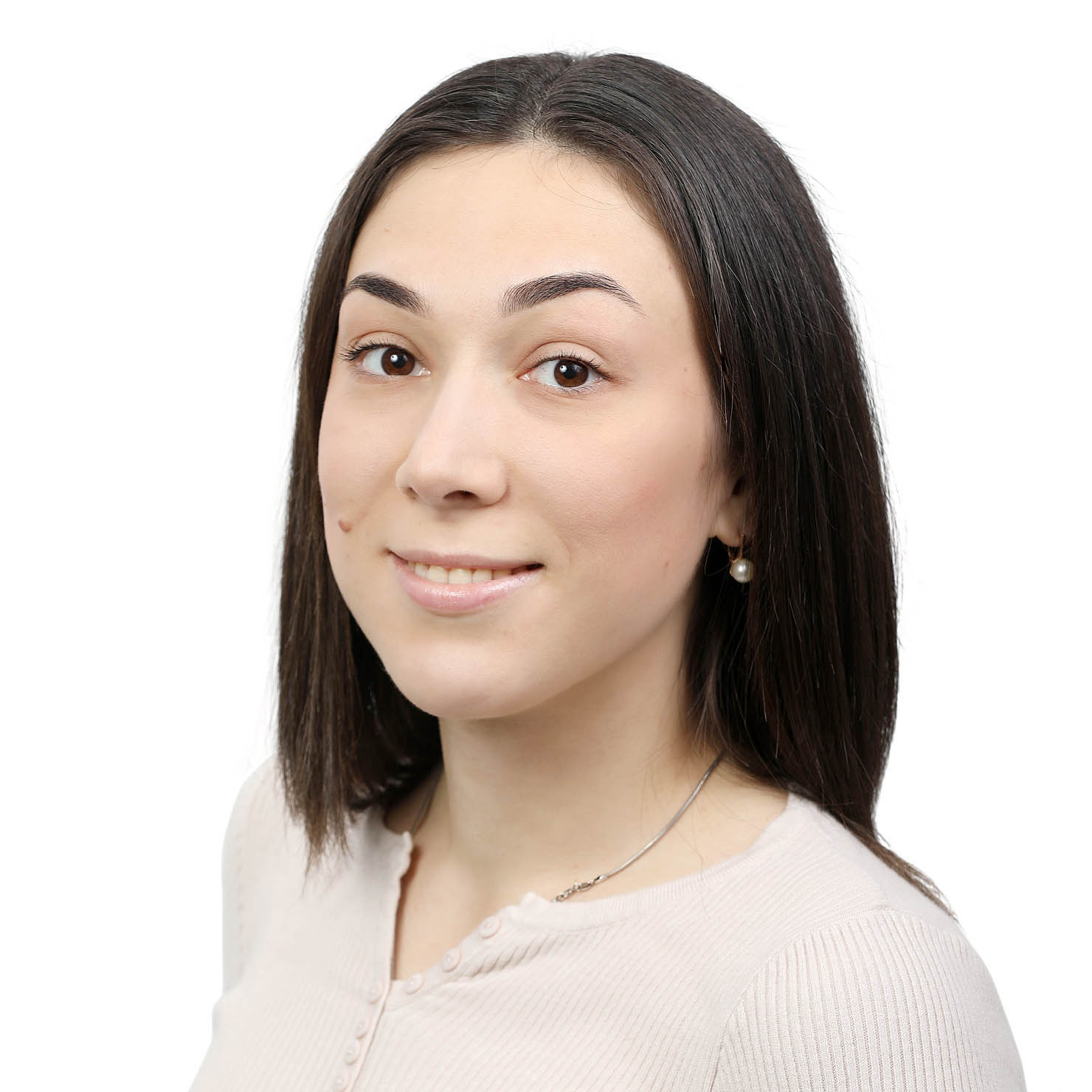Cryptorchimism in children - causes, treatment
Cryptorchidism is a congenital anomaly characterized by the absence of one or both testicles in the scrotum before the birth of boys and in the first three months of life. This pathology is most common in premature babies.Causes of cryptorchidism in children
There are several factors that can lead to the development of cryptorchidism:
- Endocrine. Cryptorchidism can appear due to a hormonal imbalance in the future mother or a violation of the functional activity of the testicles in the future child.
- Mechanical. These include shortening of the spermatic cord, extraperitoneal adhesions, short blood vessels, underdeveloped testicular bundles.
- Genetic. There are hereditary abnormalities of the development of the anterior abdominal wall, mutation of the GTD gene, or Down syndrome.
Extremely rarely, this pathology is acquired, and it is always associated with injuries.
In boys, false cryptorchidism can also be observed, when the cremaster muscle independently pulls the testicle from the portal vein into the inguinal canal. As a rule, this happens due to hypothermia or against the background of strong psychological stress, it is more common in boys 6-7 years old. This condition does not require any treatment.
Treatment of cryptorchidism
Doctors can carry out conservative and operative treatment of this pathology. Among the therapeutic measures is the introduction of hormonal drugs - the boy is given intramuscular injections of gonadotropin twice a week. The duration of conservative therapy is four weeks, and cryptorchidism is treated directly when the boy is six months old.
The method of treatment of pathology with hormonal drugs is not standard, in each case an individual decision is made. Cryptorchidism in children is successfully treated with therapeutic measures in only 20% of cases, doctors note that relapses often occur.
Operative intervention is performed at the age of 5-18 months. It is believed that an operation for cryptorchidism will be performed as early as possible, the more chances for a successful and full recovery of the boy. During surgical treatment of cryptorchidism, doctors aim to:
- preservation of the ability of the patient's reproductive system;
- elimination of a cosmetic defect;
- prevention of complications;
- preservation of hormone synthesis (this is the function of the testes).
Most often, surgery for cryptorchidism is performed using the classic method - the surgeon works in an open cavity:
- extracts the spermatic cord;
- mobilizes the testicle;
- forms a bed for the testicle in the scrotum (its cavity is involved);
- brings down and fixes the testicle in the desired area.
If the surgeon performed the operation for cryptorchidism in children correctly, it leads to the normal development of the lowered organ and preservation of reproductive capacity.
If it is impossible to palpate the testicles because they are too high, then it is advisable to perform the operation not in the classic way, but with the help of a laparoscope.
Possible complications
Cryptorchidism in boys can lead to certain complications:- clamping of the inguinal hernia, which leads to tissue necrosis;
- dropsy of the testicle;
- development of malignant neoplasms in the testicles;
- twisting of spermatic cords and blood vessels;
- infertility.
Such complications can develop if no one has been treated before the age of two.
Cryptorchism is a rather unpleasant pathology that is successfully treated with modern methods. If therapy or surgical treatment was carried out in a timely and competent manner, the risk of developing complications is reduced to zero. You can get more detailed information about cryptorchidism on our website: Dobrobut.com.
Related services:
Urologist consultation
Urological Check-up


















